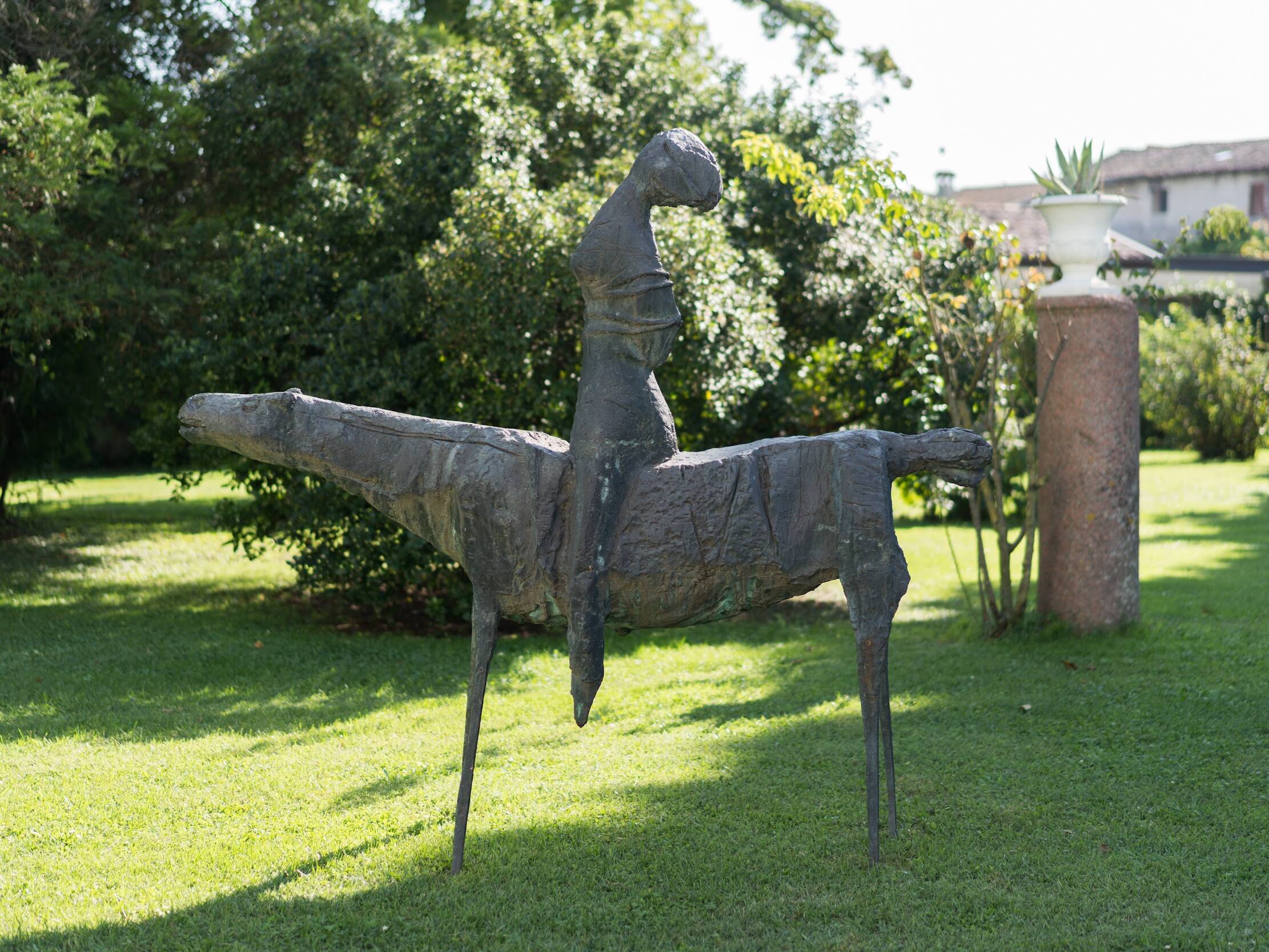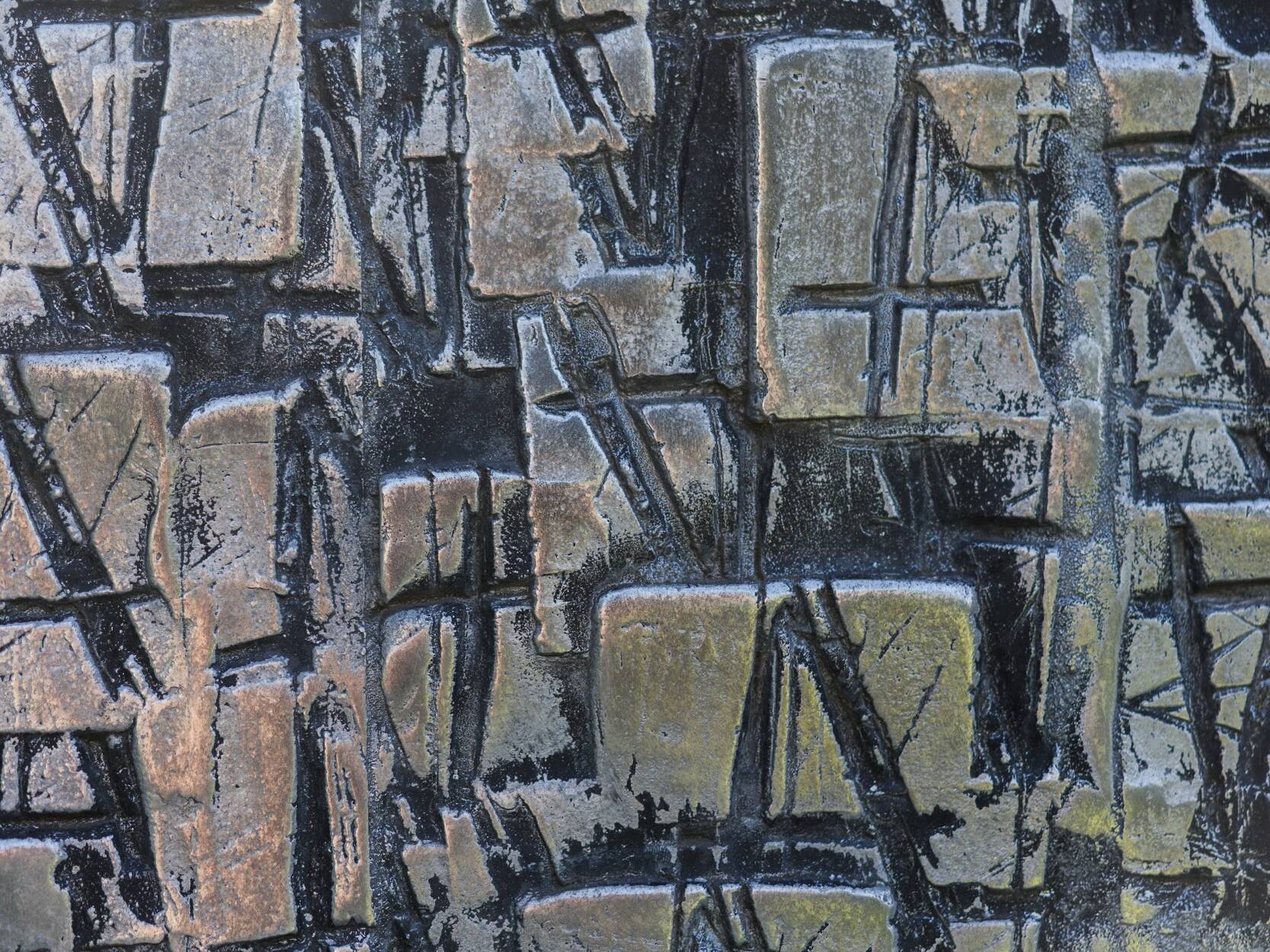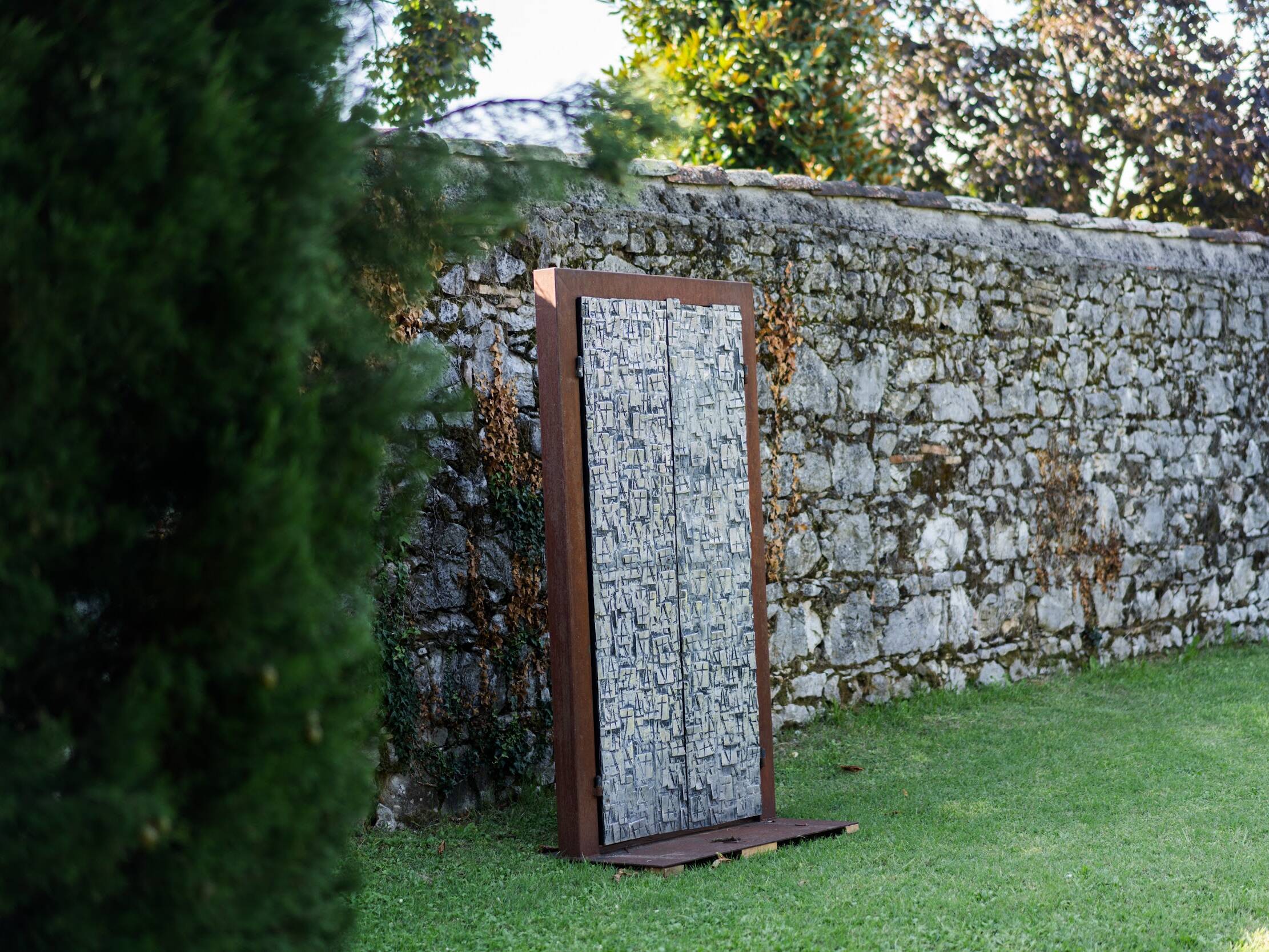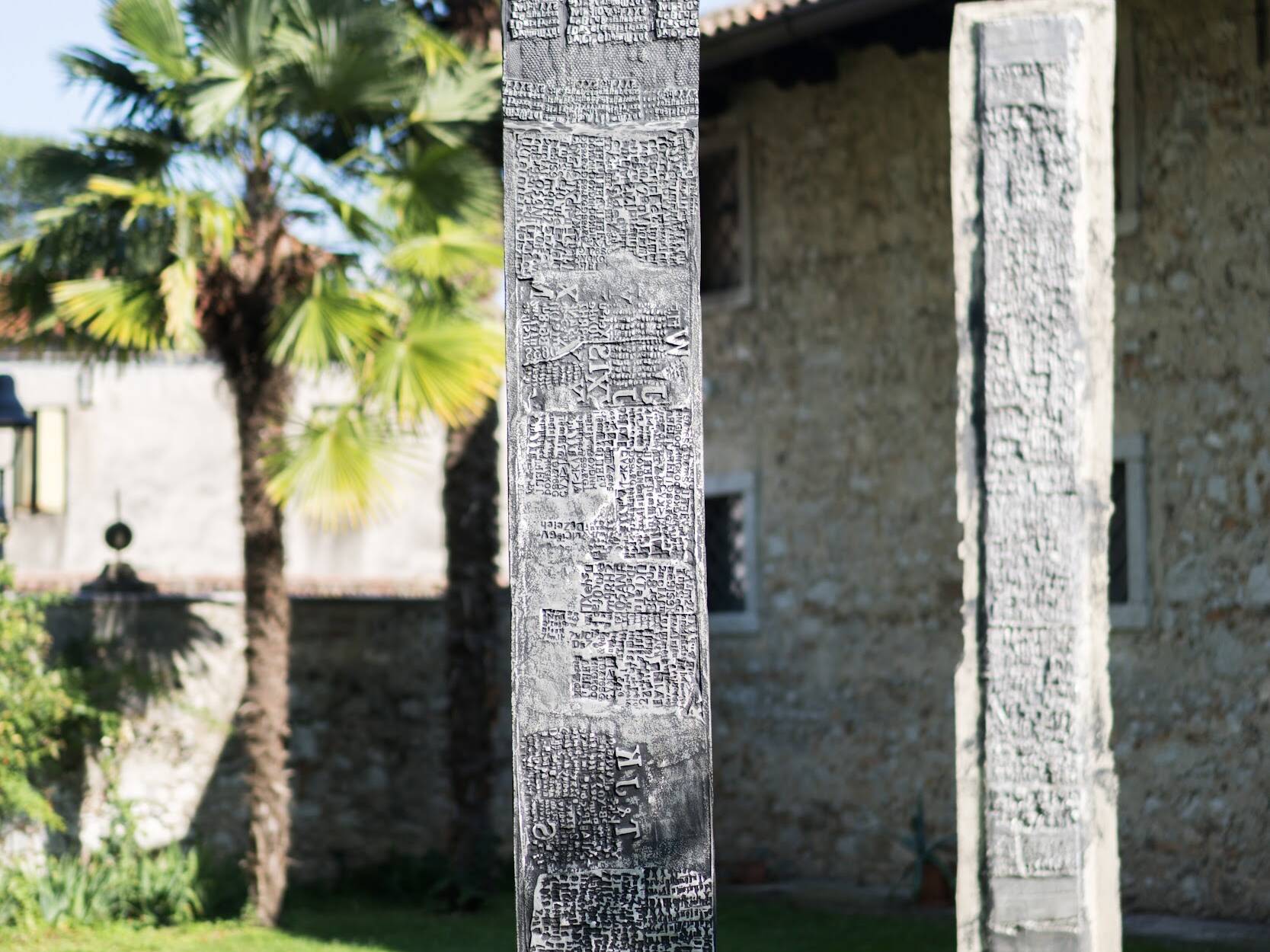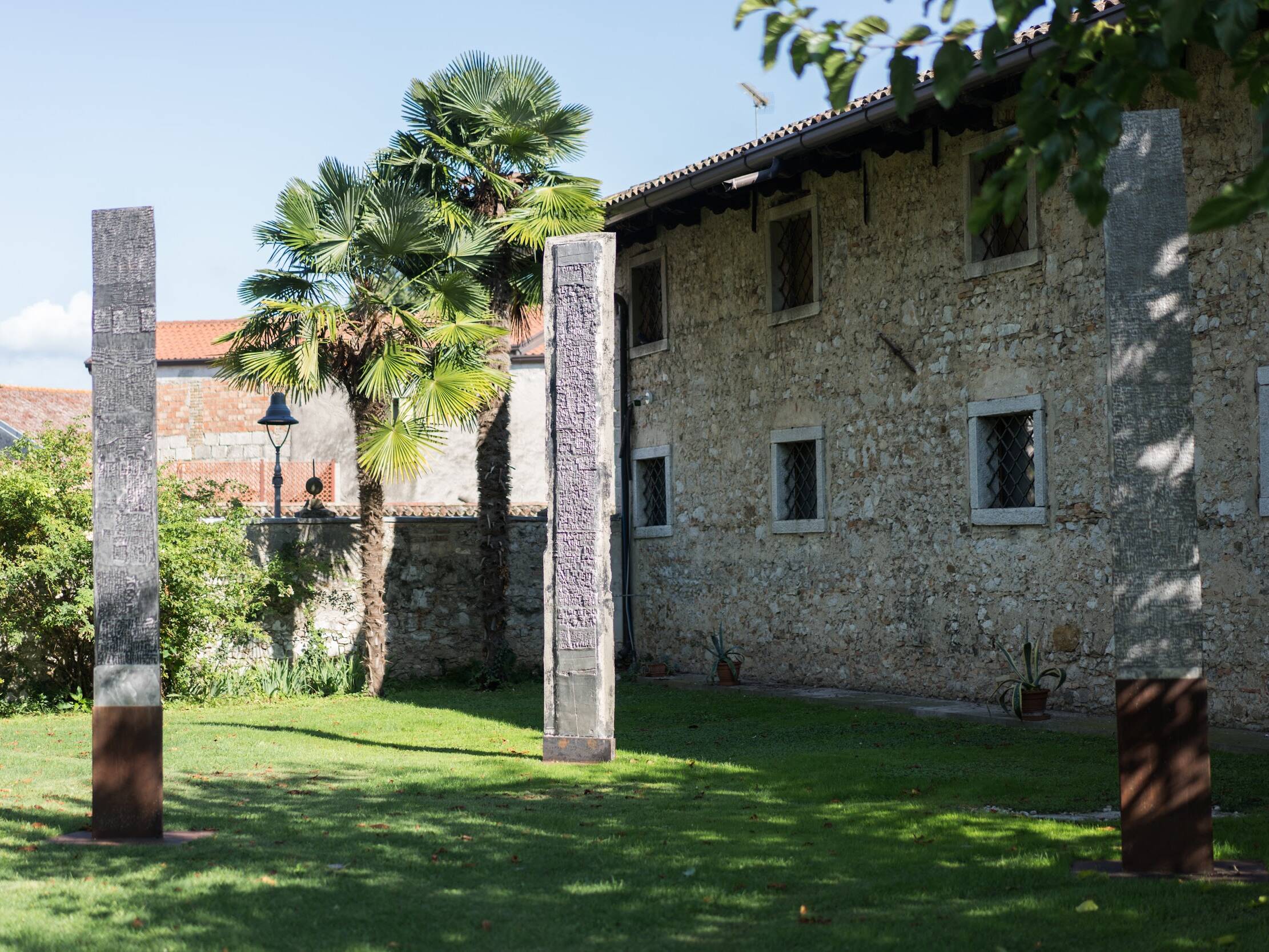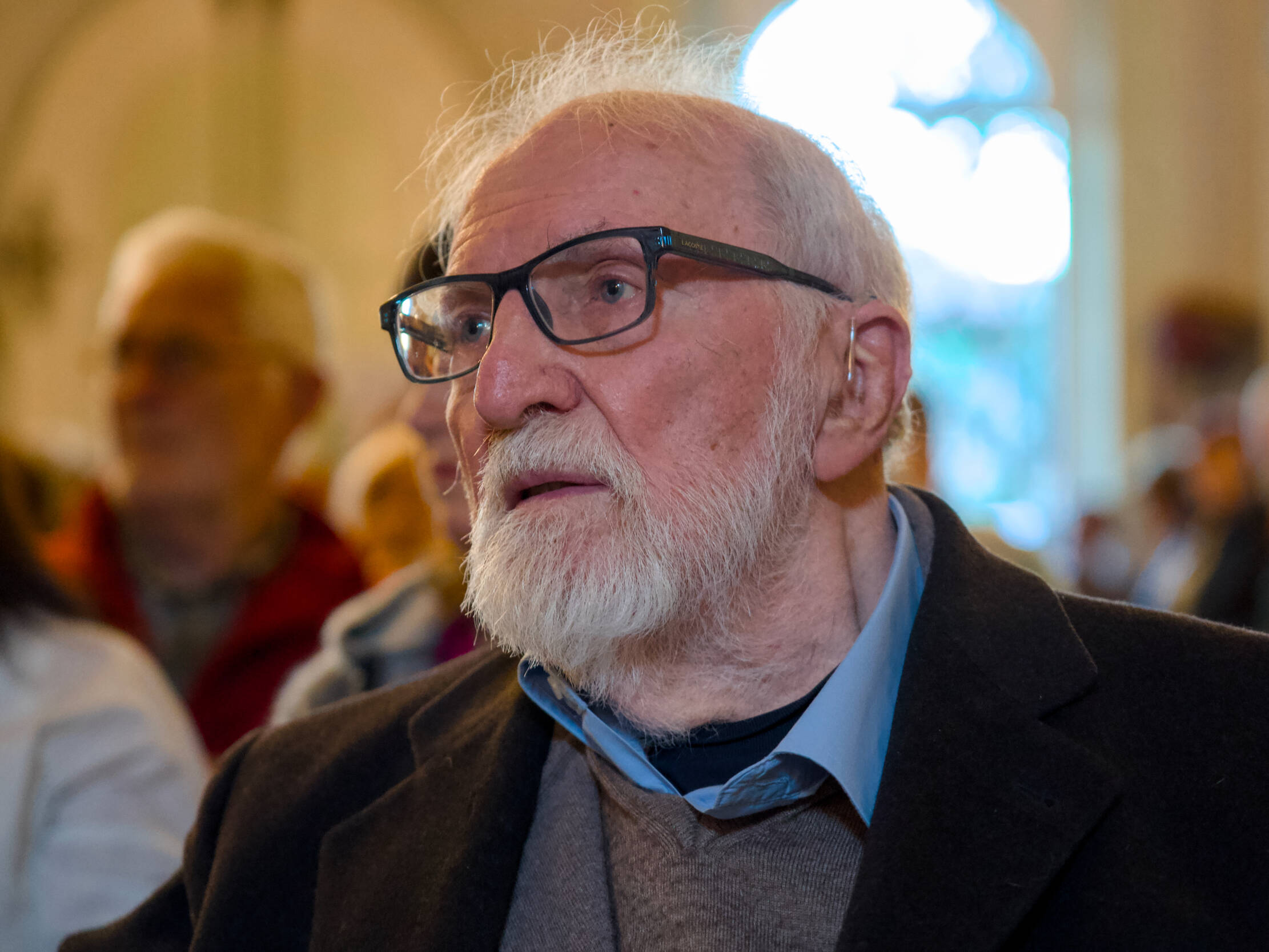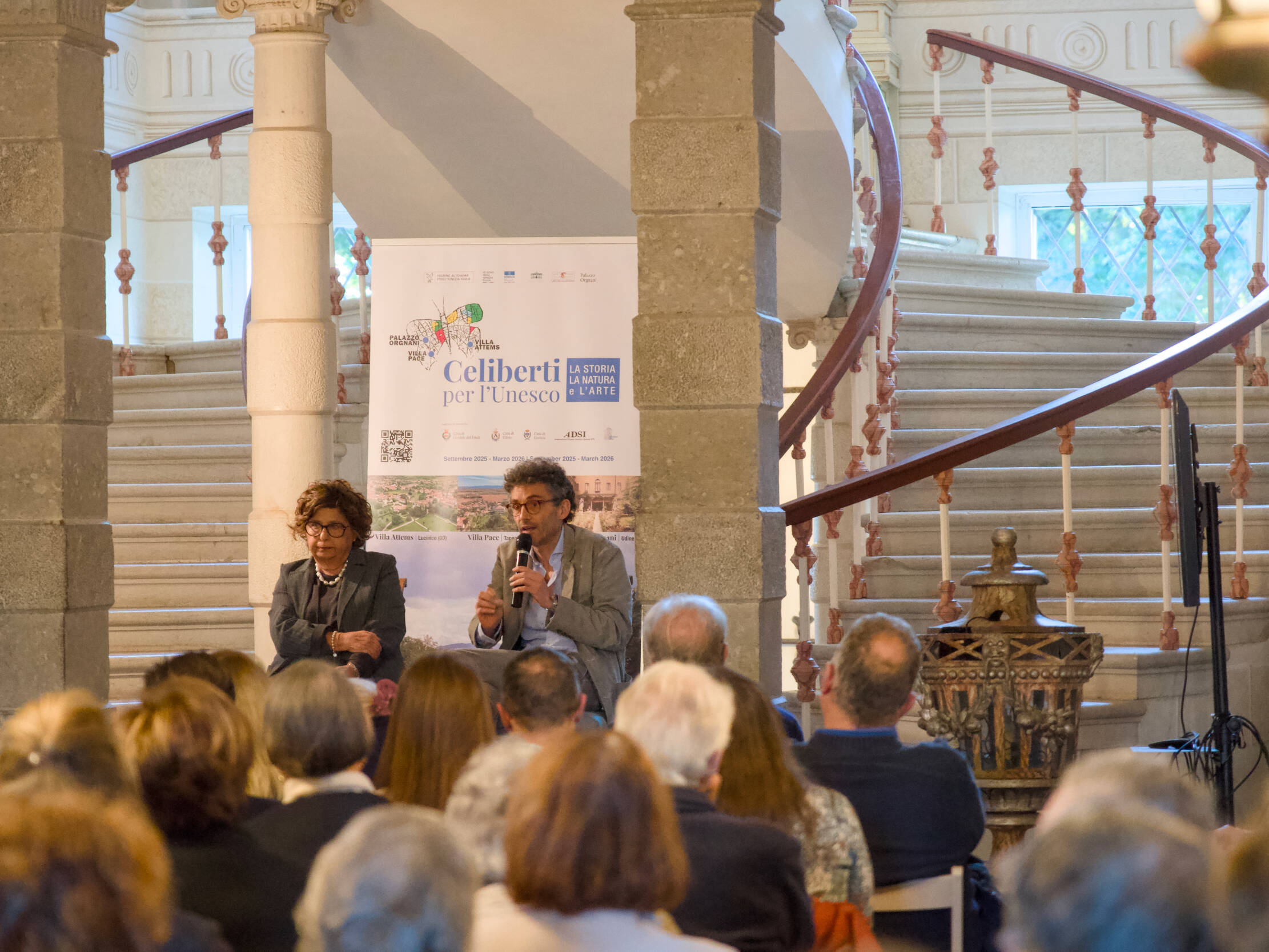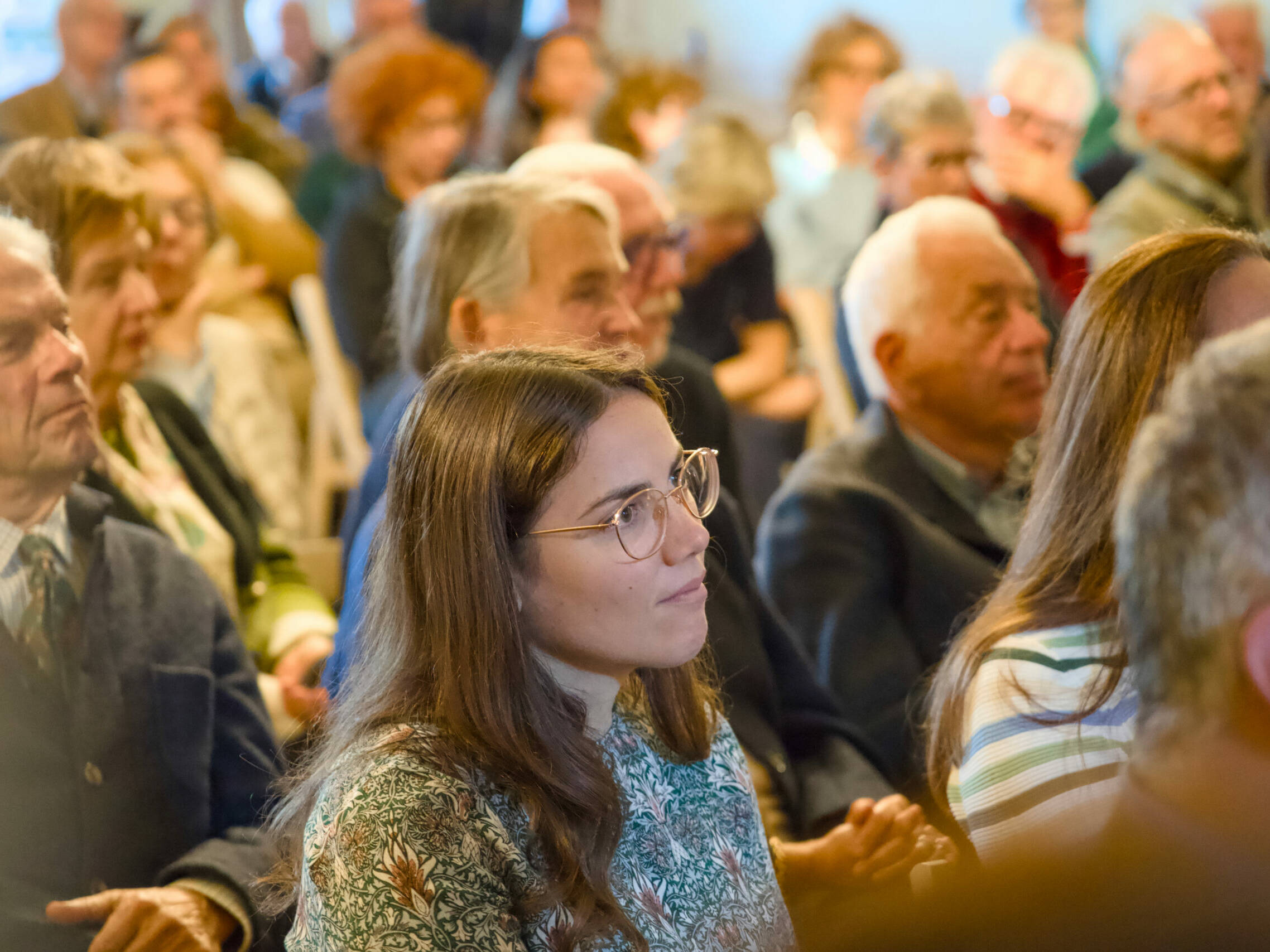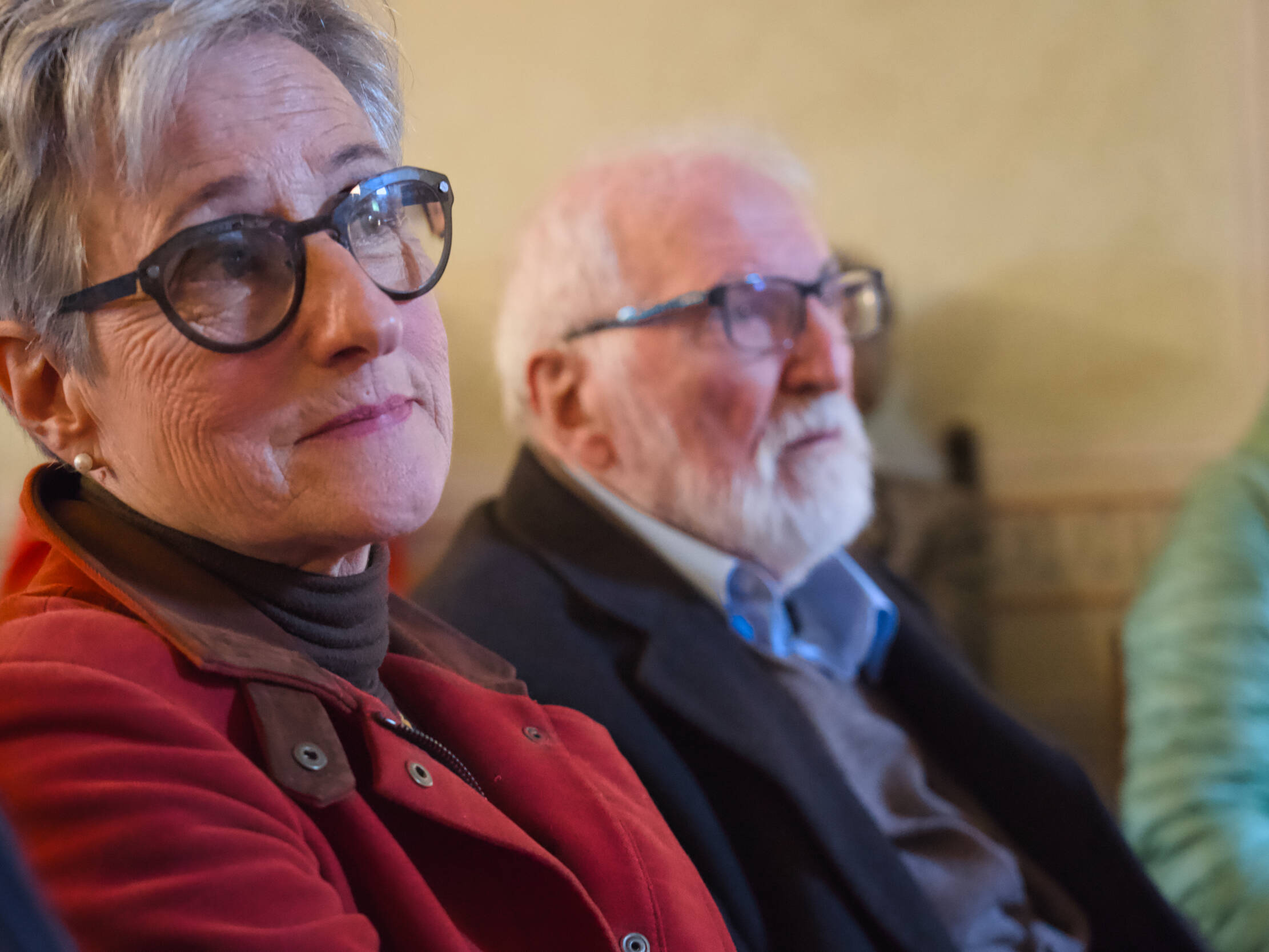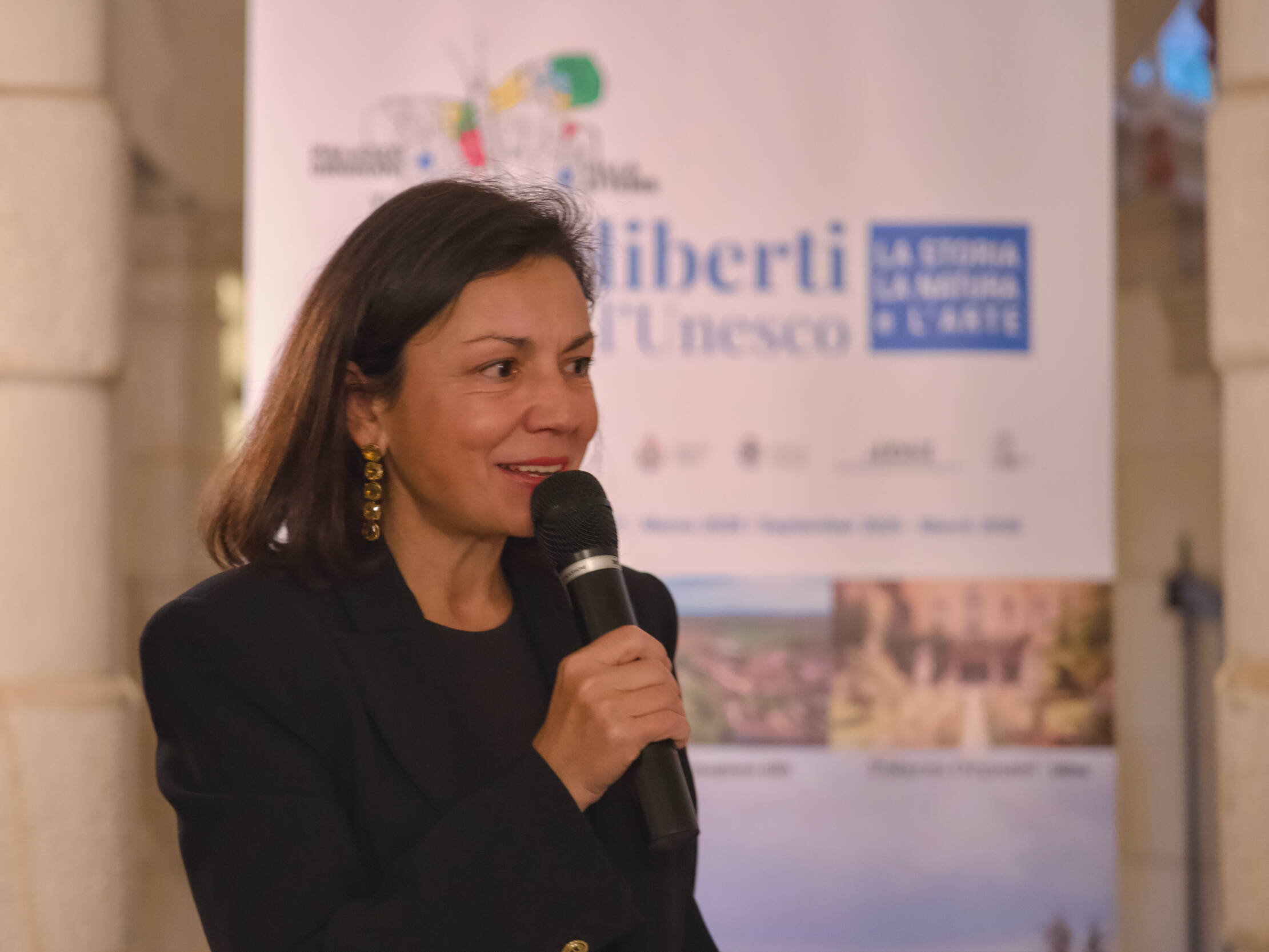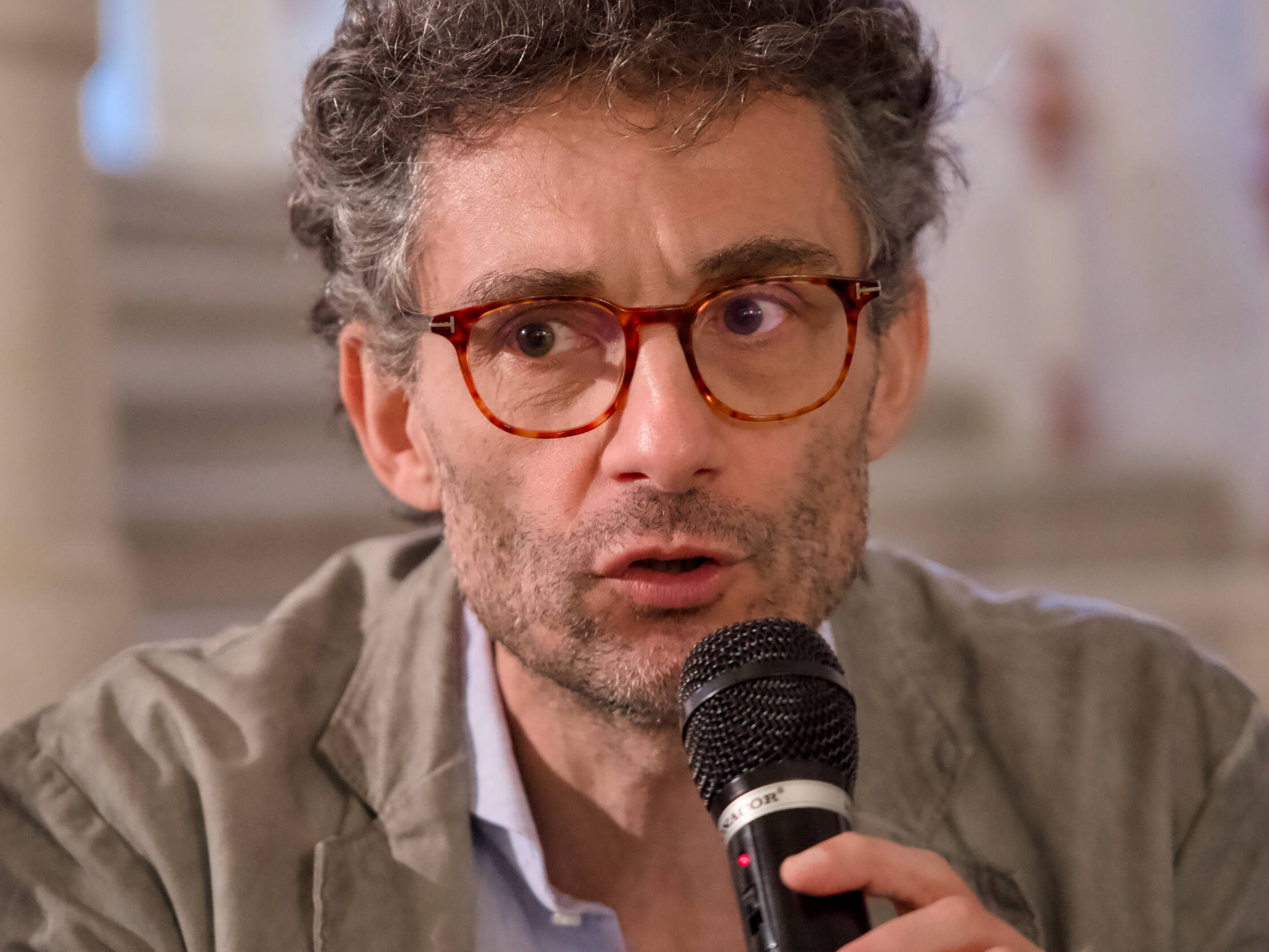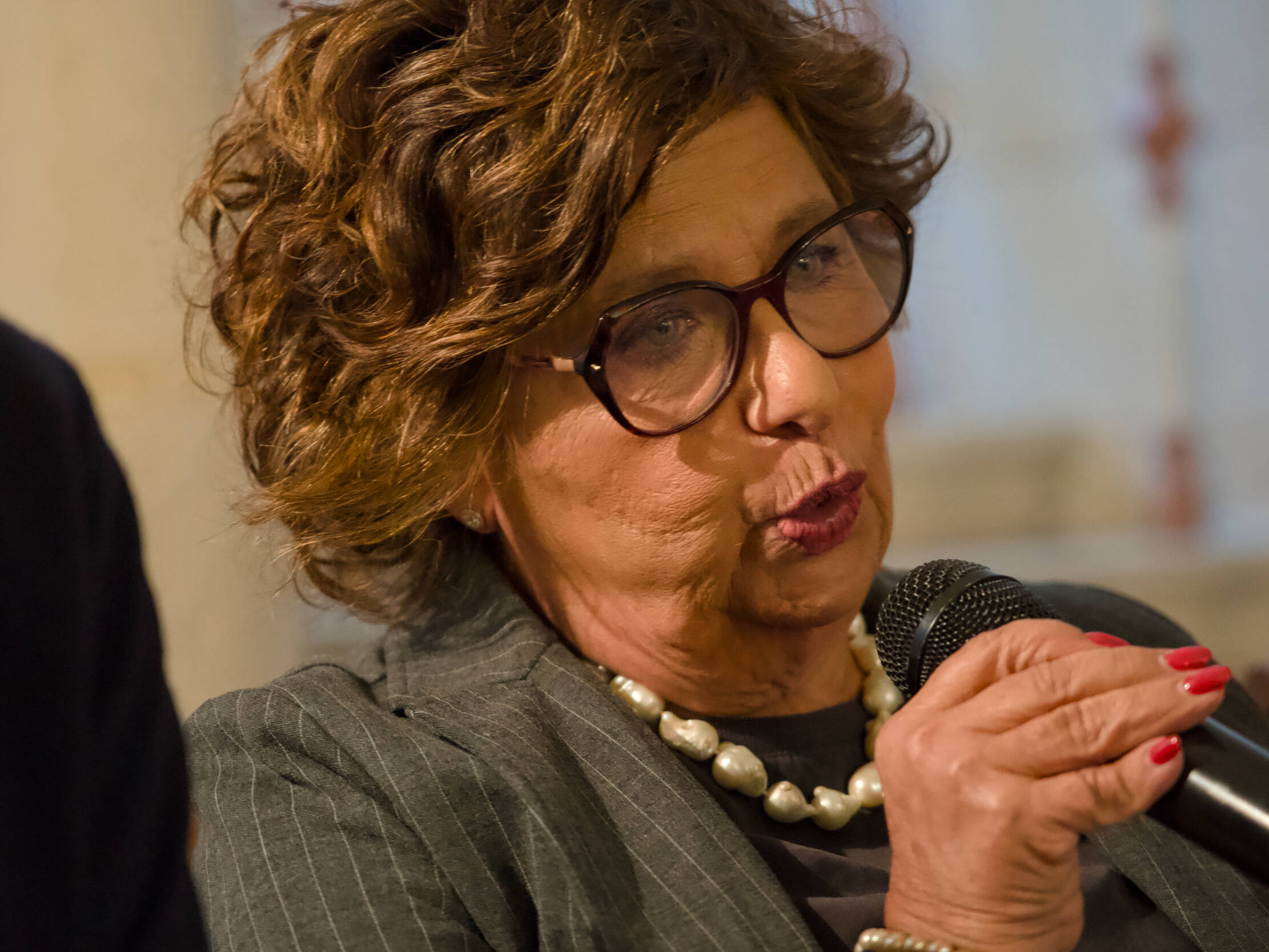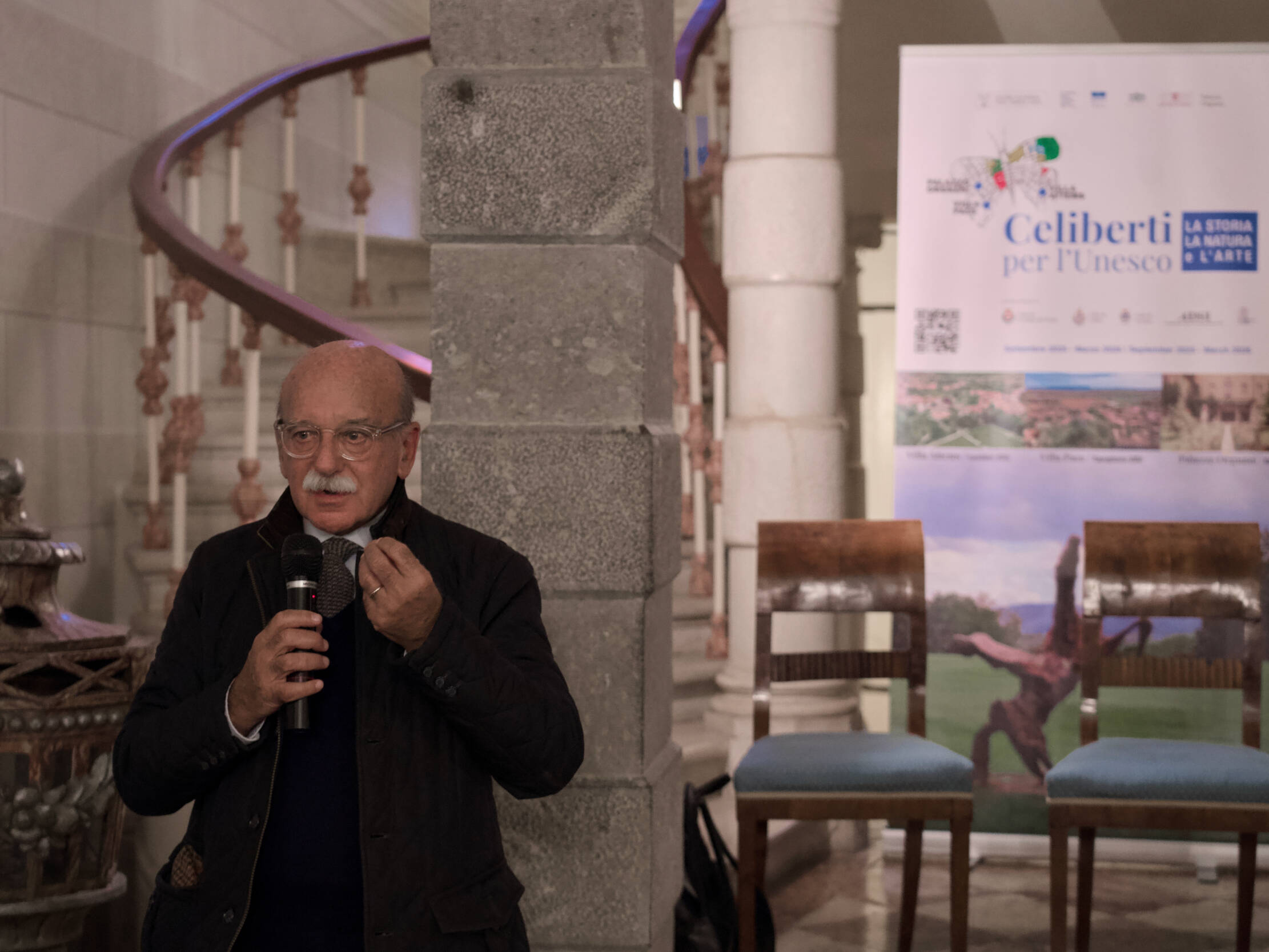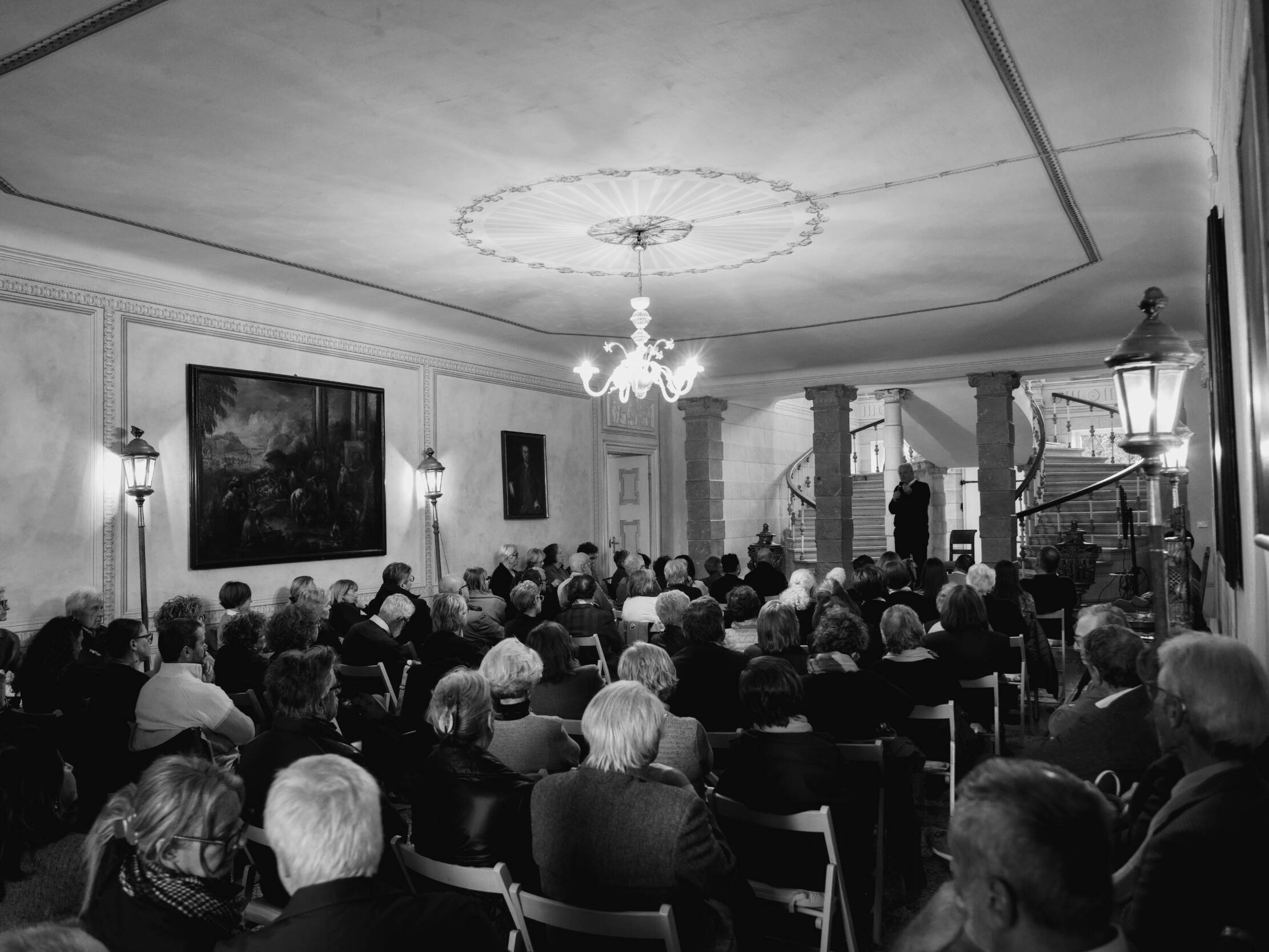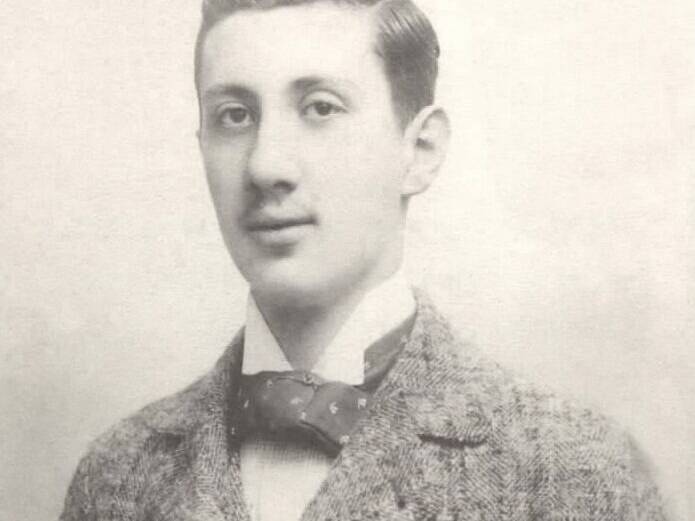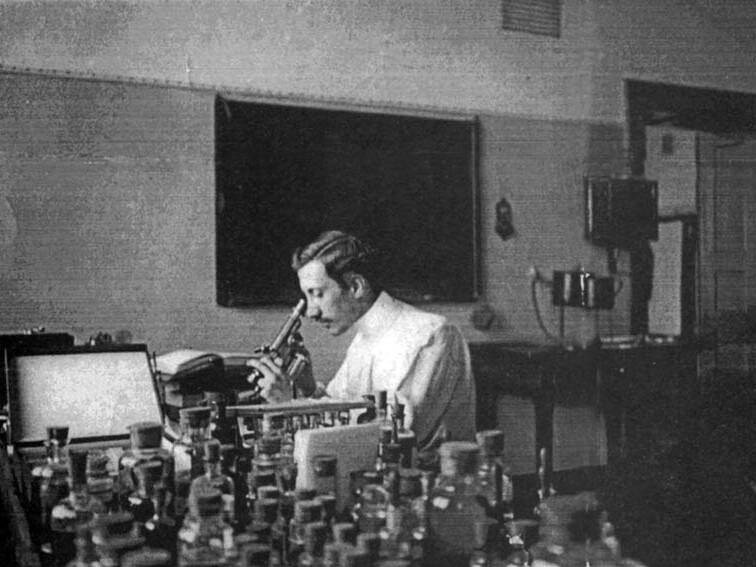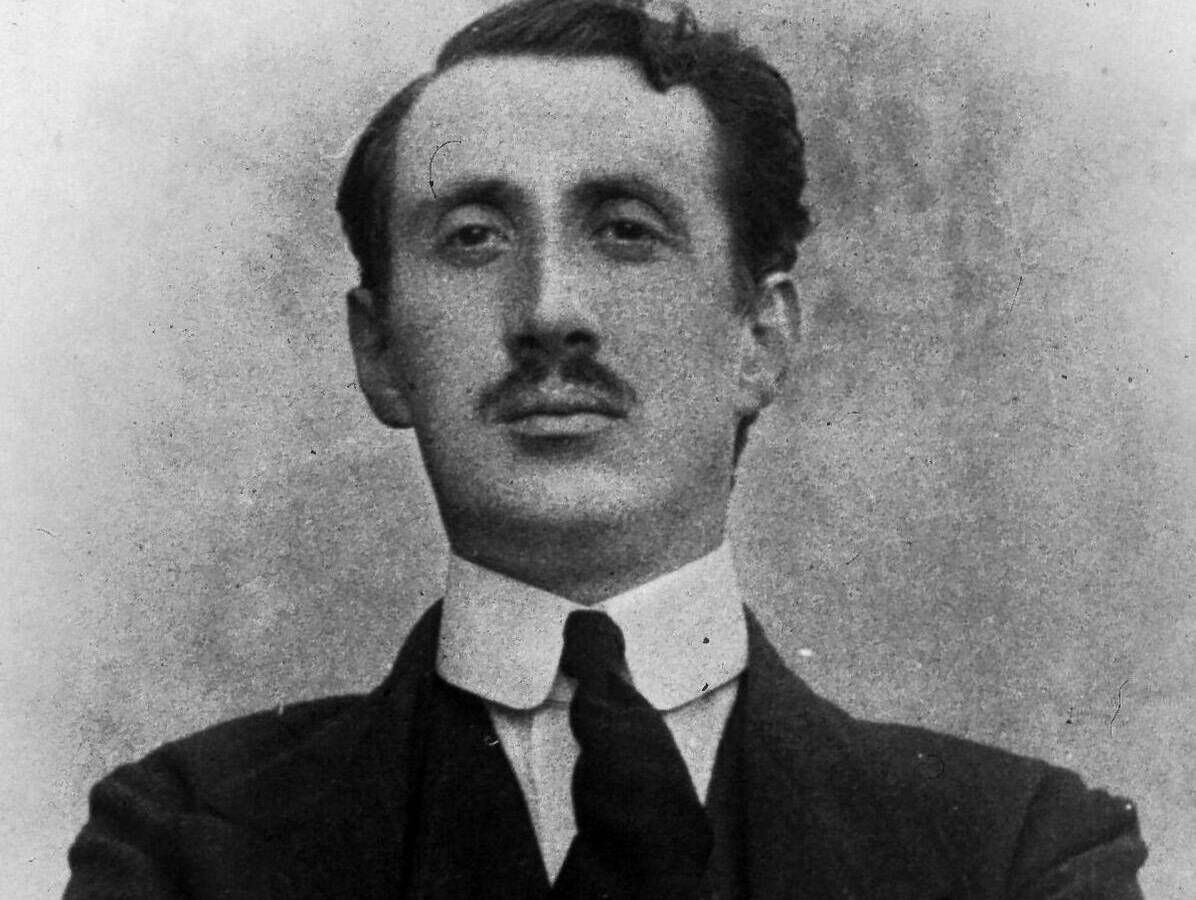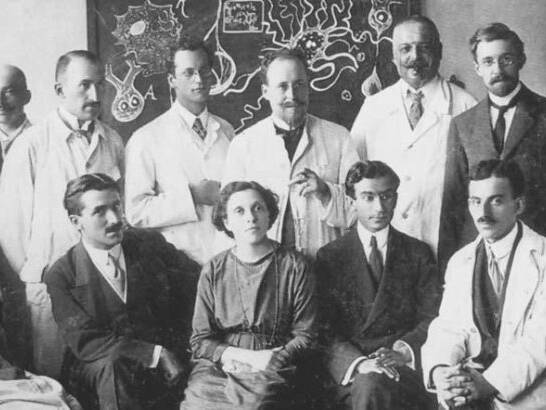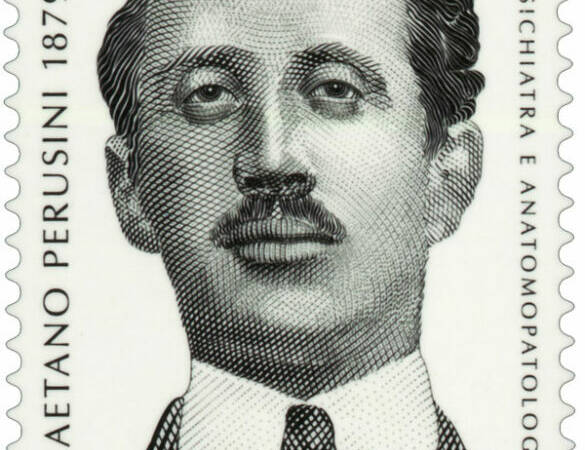Il progetto
Celiberti per l’UNESCO – La Storia, la Natura e l’Arte è un progetto che si propone di trasformare alcune importanti dimore storiche del territorio in spazi vivi di cultura e inclusione. Da settembre 2025 fino a marzo 2026, Villa Pace a Tapogliano, Villa Attems a Lucinico e Palazzo Orgnani a Udine, diventano teatro di un percorso che intreccia arte contemporanea, patrimonio storico, natura e impegno sociale.
Al centro del progetto, le sculture dell’artista friulano Giorgio Celiberti (Udine, 1929), figura di spicco dell’arte contemporanea formatosi nello studio veneziano di Emilio Vedova. Le sue opere, che celebrano il rapporto primordiale tra uomo e natura attraverso la manipolazione della materia e l’accostamento di segni ed elementi primitivi, abitano ora i giardini storici delle tre dimore, stabilendo un dialogo inedito tra linguaggio artistico e paesaggio.
La conferenza Salvarsi con il verde
Il 5 ottobre 2025 Villa Pace ha ospitato la conferenza Salvarsi con il verde, di cui è stato protagonista l’architetto paesaggista Andrea Mati. Appartenente ad una storica famiglia di vivaisti, Andrea Mati si occupa da quarant’anni della progettazione di giardini dalle specifiche funzioni terapeutiche, avvicinando la natura alle persone che soffrono, in stretta collaborazione con medici, psicologi, geriatri e psichiatri. Curando il verde, una persona in difficoltà cura sé stessa, perché recupera quella dose di attenzione, fiducia in sé e progettualità che ha perso e che le è indispensabile per rifiorire nella vita. I giardini così progettati si rivelano di grande aiuto nel trattamento della sindrome di Down, dell’autismo, delle depressioni, dell’Alzheimer e di tutte le dipendenze. La summa della filosofia di vita di Andrea Mati è raccontata nel suo libro Saving yourself with green. The green square meter revolution. (Giunti Editore).Through four seasons of plants and people saving each other, Mati helps discover the unseen poetry of nature’s language that unites humans and plants.
Speaking alongside architect Mati were Dr. Iacopo Cancelli – a neurologist at Udine Hospital – who offered a clinical look at how contact with greenery positively affects neurological and cognitive health, and Dr. Susanna Cardinale – president of the Alzheimer’s Association of Udine – who recounted the impact of the disease in our region and the activities the association promotes every day to support sufferers and families.
The scientific memory of Gaetano Perusini
But there is another reason, deeply rooted in the history of Villa Pace, that makes this project so significant: the connection with the figure of Friulian physician Gaetano Perusini (1879-1915), who in the psychiatric clinic in Munich collaborated with Alois Alzheimer on the definition of the disease that today bears the name of the German scientist alone.
Born in Udine on February 24, 1879, to parents of noble origins, Perusini was orphaned by his father at the age of six. Thanks to his mother, who spurred him on in his studies, he enrolled in the Faculty of Medicine at the University of Pisa, completing his training in Rome. With his skills and dedication, he graduated at only twenty-two years old, and from that time on he began to devote most of his time to his greatest passion: psychiatry.
He attended the most renowned European institutes, including the neuropathological laboratory in Munich, in the psychiatric clinic directed by the renowned Emil Kraepelin, a figure who had also been instrumental in Alois Alzheimer’s life.
The turning point in his career came in November 1906, when Alois Alzheimer presented a case of early dementia that had affected a fifty-one-year-old woman at a conference of the Society of Psychiatry in Tübingen. The presentation of the case, however, was not very successful.
Alzheimer’s, convinced that he was dealing with a rare brain disorder, decided to entrust the case specifically to Gaetano Perusini. The young physician put a great deal of effort into his research and, in addition to reviewing all aspects of that specific case, identified three others. To substantiate his thesis, he produced a lengthy treatise, correlated with hand-rendered plates and drawings.
His discoveries were fundamental to the course of science. Among Perusini’s acknowledged merits was the insight that he had identified a sticky substance that surrounds neurons, preventing their normal functioning-a discovery some eighty years in advance, considering that the beta-amyloid protein was not discovered until 1984.
Back in Italy, although his fame spread throughout Europe thanks to his discoveries, he could not easily find a professional position. At the outbreak of World War I, he felt the need to help his country and enlisted as a volunteer, without declaring his qualifications. Discovering that he was a professor of medicine, he was placed in the dressing center. Unfortunately, he was hit by shrapnel while aiding the wounded and died on December 8, 1915, at the age of only thirty-six. In the same year Alois Alzheimer also passed away.
Despite his untimely death, Perusini’s contribution to the study of neurodegenerative dementias was fundamental. The Perusini family carries with it this scientific memory of extraordinary relevance. It is no coincidence that the project was inaugurated in September, World Alzheimer’s Month, emphasizing a disease that represents an increasingly pressing health and social challenge.
